This article was medically reviewed by Mark Ziats, MD, PhD. Dr. Mark Ziats is an Internal Medicine Physician, Scientist, Entrepreneur, and the Medical Director of xBiotech. With over five years of experience, he specializes in biotechnology, genomics, and medical devices. He earned a Doctor of Medicine degree from Baylor College of Medicine, a Ph.D. in Genetics from the University of Cambridge, and a BS in Biochemistry and Chemistry from Clemson University. He also completed the INNoVATE Program in Biotechnology Entrepreneurship at The Johns Hopkins University - Carey Business School. Dr. Ziats is board certified by the American Board of Internal Medicine.
There are 8 references cited in this article, which can be found at the bottom of the page.
wikiHow marks an article as reader-approved once it receives enough positive feedback. In this case, 88% of readers who voted found the article helpful, earning it our reader-approved status.
This article has been viewed 122,515 times.
Diabetes is a chronic disease involving a lack of insulin production in the pancreas or reduced sensitivity to its effects among cells. Insulin is needed for cells to take up glucose. If left untreated, persistently high blood glucose causes damage to organs and nerves, especially the small peripheral nerves that extend into the eyes, hands, and feet. According to the U.S. Department of Health and Human Services, 60-70% percent of diabetics have some form of nerve damage (neuropathy).[1] Often the feet are the first to show symptoms related to diabetes, so learning what the symptoms are and checking for them on a regular basis will help prevent irreversible damage and disability.
Steps
Looking for Changes in Foot Sensations
-
1Be aware of any numbness in your feet. One of the initial and most common symptoms of peripheral neuropathy that diabetics notice is that their feet lose sensation and become numb.[2] It can start in the toes and then progress to the rest of the foot and the leg in a stocking-like distribution. Usually both feet are affected, although one side may begin first or be more noticeable than the other.
- Related to the numbness is a reduced ability to feel pain from excessive temperatures (both hot and cold). Because of this, diabetics are at greater risk of getting scalded from a hot bath or getting frostbite during the winter.
- Chronic numbness can prevent a diabetic from knowing when their foot is cut, blistered or otherwise injured. This phenomenon is very common in diabetics, and can result in the foot becoming infected. Sometimes, the neuropathy is so bad that the foot is infected for a long time before the person realizes it, and the infection can get deep into the tissue and even affect the bone. This can require a long course of IV antibiotics and can be potentially life-threating.
- Peripheral neuropathy symptoms, such as numbness, are usually worse at night while in bed.
-
2Be alert to tingling and burning sensations. Another common symptom is uncomfortable sensations, such as tingling, pins and needles and/or burning pain.[3] Such sensations can feel similar to those when circulation returns to your foot after it has been "asleep." The uncomfortable sensations, called paresthesia, range from mild to severe and don't usually affect both feet equally.
- Tingling and burning sensations usually begin on the bottom (soles) of the feet, although they can also progress up the legs.
- These strange sensations can sometimes mimic a fungal infection (Athlete's foot) or an insect bite, although the diabetic foot is typically not as itchy.
- Peripheral neuropathy in the feet develops because there's too much sugar (glucose) in the blood, which is toxic and destructive to small nerve fibers.
Advertisement -
3Take note of increased sensitivity to touch, called hyperesthesia. Another alteration of foot sensations that develops in a minority of diabetics is an increase in sensitivity to touch.[4] So instead of reduced sensation and numbness in the feet, which is the most common outcome, some diabetics become overly sensitive or even hypersensitive to touch. For example, even the weight of a bed sheet on their feet can be agonizing to diabetics with this condition.
- This type of diabetic-related foot complication can mimic or be misdiagnosed as a gout attack or severe inflammatory arthritis.
- The type of pain associated with this increased sensitivity is often described as electric in nature or burning pain.
-
4Pay attention to cramps or sharp pains. As the peripheral neuropathy progresses, it starts to affect the muscles of the feet. One of the first signs of muscle involvement in a diabetic is foot cramps and/or sharp shooting pains, especially in the soles.[5] The cramps and pains can be severe enough to prevent a diabetic from walking around and can be particularly severe at night while in bed.
- Unlike regular muscle cramps where you can see the muscle twitch or contract, diabetic foot cramps aren't always visible to the eye.
- Also unlike normal cramping, diabetic foot cramps and pains do not get better or go away with walking.
- Diabetes-related foot cramps and pain can sometimes mimic and be misdiagnosed as a stress fracture or Restless Leg Syndrome.
Looking for Other Foot Changes
-
1Be mindful of muscle weakness. As high glucose goes into nerves, water follows glucose by osmosis and also goes into nerves. The nerves swell up and they lose their blood supply because they are swollen, so they die a little. If the nerve supplies a muscle and dies then the muscle no longer gets stimulation from that nerve. When the muscle is no longer getting nerve stimulation it atrophies (shrivels up). As a consequence, your feet might look a little smaller (shriveled) and the weakness might affect your gait (how you walk) and make you a little unstable or wobbly. Seeing long-term diabetics walking with canes or in wheelchairs is not unusual.[6]
- In conjunction to foot and ankle weakness, the nerves that give feedback to your brain for coordination and balance are also damaged, so walking quickly becomes a real difficult task among diabetics.
- The damage to nerves and weakness of ankle muscles/tendons also leads to reduced reflexes. As such, tapping the Achilles tendon in diabetics triggers only a weak response (twitch of the foot) at best.
-
2Check for toe deformities. If the muscles of your feet are weak and your gait is altered, it will likely cause you to walk abnormally and put additional pressure on your toes. Additional pressure and unusual shifts in weight can lead to foot deformities, such as hammertoes.[7] A hammertoe occurs when one of the three toes in the middle of your foot becomes misshapen at the distal joint, making it bent looking or hammer-like. In addition to deformities like hammertoe, this uneven gait and balance can cause certain areas of the foot to be under more pressure than normal. This can result in pressure ulcers, which can then be infected, which can lead to a host of problems.
- Hammertoes can sometimes resolve themselves with time, but usually surgery is needed to correct them.
- A common deformity of the big toe often seen in diabetics is a bunion, which is caused when the big toe is constantly pushed towards the other toes.
- It's particularly important for diabetics to wear shoes with lots of space for their toes in order to reduce the risk of deformities. Women, in particular, should never wear high-heels if they're diabetic.
-
3Be very cautious with any signs of injury or infection. Aside from falling and breaking a bone while walking, the most serious complication a diabetic faces is an injury to their feet.[8] Due to the often lack of sensation, diabetics don't often feel minor injuries such as abrasions, small cuts, blisters or insect bites. As a result, these minor injuries can become infected and potentially lead to the loss of toes or an entire foot if not treated in time.
- Visual signs of an infection include significant swelling, discoloration (red or bluish hues) and the leaking of whitish pus or other fluid from the wound.
- Infections usually start to smell bad as soon as the wound seeps pus and blood.
- Chronic diabetics also have reduced abilities to heal as their immune systems are weakened. Consequently, minor injuries linger for much longer, which increases the likelihood of infection.
- If a minor injury turns into a serious-looking open ulcer (like a large canker sore), medical attention is required immediately.
- It is recommended that diabetics check the bottom of their feet once a week or so and that their doctor performs a close inspection of their feet at all checkups.
Looking for Other Signs of Neuropathy
-
1Look for similar symptoms in your hands. Although peripheral neuropathy typically begins in the lower limbs, specifically the feet, it also eventually effects the smaller peripheral nerves that innervate the fingers, hands and arms.[9] As such, be vigilant about checking your hands for the above-mentioned potential symptoms and complications of diabetes.
- Similar to the stocking-like distribution of diabetic foot symptoms, complications in the upper limbs progress in a glove-like pattern (from the hands and then up the arms).
- Diabetic-related symptoms in the hands can mimic or be misdiagnosed as carpal tunnel syndrome or Raynaud’s disease (arteries that narrow more than normal when exposed to cold temperatures).
- It's much easier to check and be aware of your hands on a regular basis compared to your feet because your feet are often encased in socks and shoes.
-
2Check yourself for signs of autonomic neuropathy. The autonomic system includes the nerves that automatically control your heart rate, bladder, lungs, stomach, intestines, genitals, and eyes. Diabetes (hyperglycemia) can affect these nerves and cause a variety of complications, such as: increased heart rate, hypotension, urinary retention or incontinence, constipation, bloating, loss of appetite, difficulty swallowing, erectile dysfunction and vaginal dryness.[10]
- Uncontrolled sweating (or complete lack of sweating) in the feet or other parts of the body is a sign of autonomic neuropathy.
- Widespread autonomic neuropathy eventually causes organ dysfunction, such as heart disease and kidney failure.
-
3Be alert to changes in your vision. Both peripheral and autonomic neuropathies affect the eyes, as does the destruction of small blood vessels due to glucose toxicity.[11] In addition to the concern of infection and potential foot/leg amputation, going blind is often the biggest fear of diabetics. Eye complications related to diabetes include difficulty adapting to low-light conditions, blurry vision, watery eyes and gradual reduced visual acuity leading to blindness.
- Diabetic retinopathy affects blood vessels in the eye's retina and is the most common cause of vision loss among diabetics.
- In fact, adult diabetics are 2-5x more likely than those without diabetes to develop cataracts.
- Diabetic eye disease also increases the risk of developing cataracts (clouding of the lens) and glaucoma (increased pressure and damaged optic nerve).
Warnings
- Using lotion between your toes can lead to fungus growth.⧼thumbs_response⧽
- If you have any black or green-colored areas on any part of your feet, contact your doctor immediately as it could be a sign of gangrene (tissue death).⧼thumbs_response⧽
- If you develop a foot sore or a wound that will not heal, see your doctor immediately.⧼thumbs_response⧽
References
- ↑ https://my.clevelandclinic.org/health/diseases/14737-neuropathy
- ↑ https://www.diabetes.org/diabetes/neuropathy/peripheral-neuropathy
- ↑ https://www.diabetes.org/diabetes/neuropathy/peripheral-neuropathy
- ↑ https://www.hopkinsmedicine.org/health/conditions-and-diseases/diabetes/diabetic-neuropathy-nerve-problems
- ↑ https://www.hopkinsmedicine.org/health/conditions-and-diseases/diabetes/diabetic-neuropathy-nerve-problems
- ↑ https://www.nhs.uk/conditions/peripheral-neuropathy/
- ↑ https://www.niddk.nih.gov/health-information/diabetes/overview/preventing-problems/foot-problems
- ↑ https://www.nhs.uk/conditions/peripheral-neuropathy/
- ↑ https://guidelines.diabetes.ca/cpg/chapter31

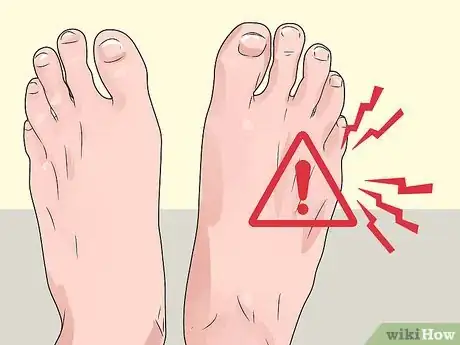
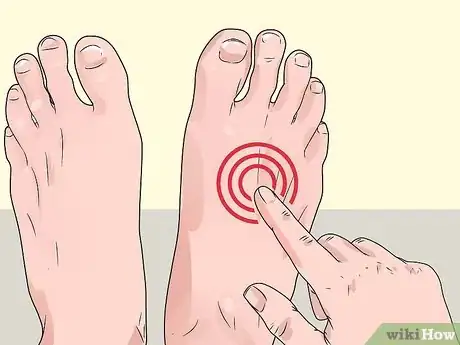
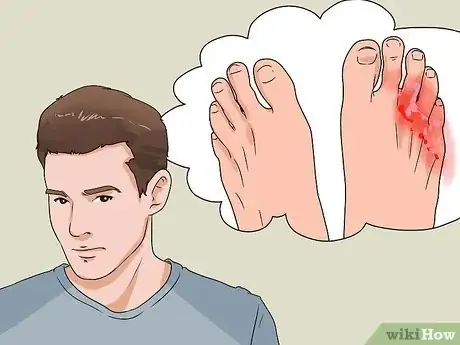
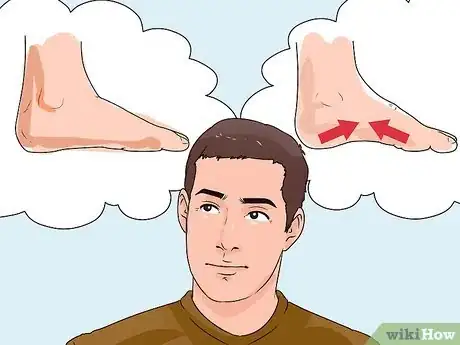
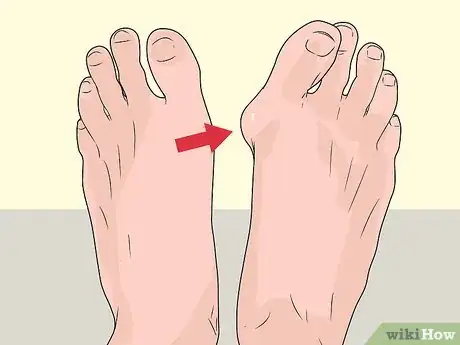
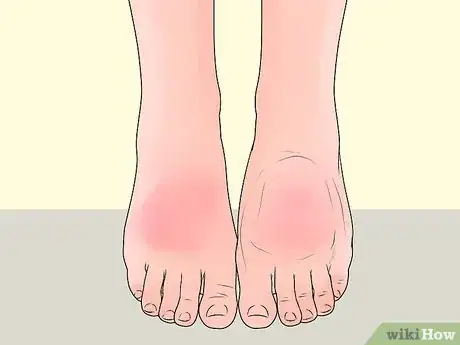
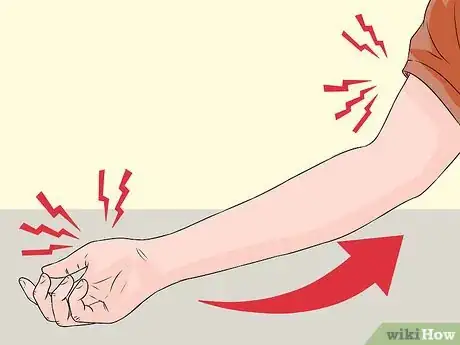

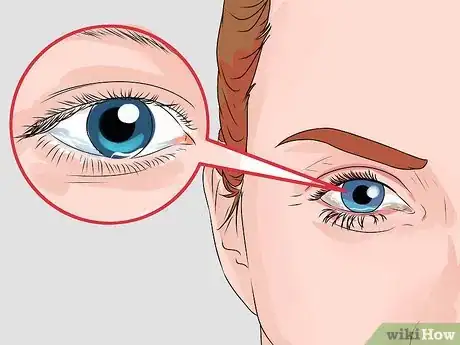
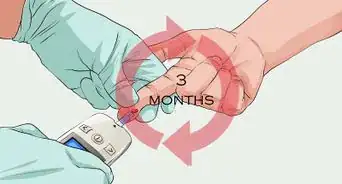
























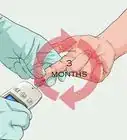






































Medical Disclaimer
The content of this article is not intended to be a substitute for professional medical advice, examination, diagnosis, or treatment. You should always contact your doctor or other qualified healthcare professional before starting, changing, or stopping any kind of health treatment.
Read More...